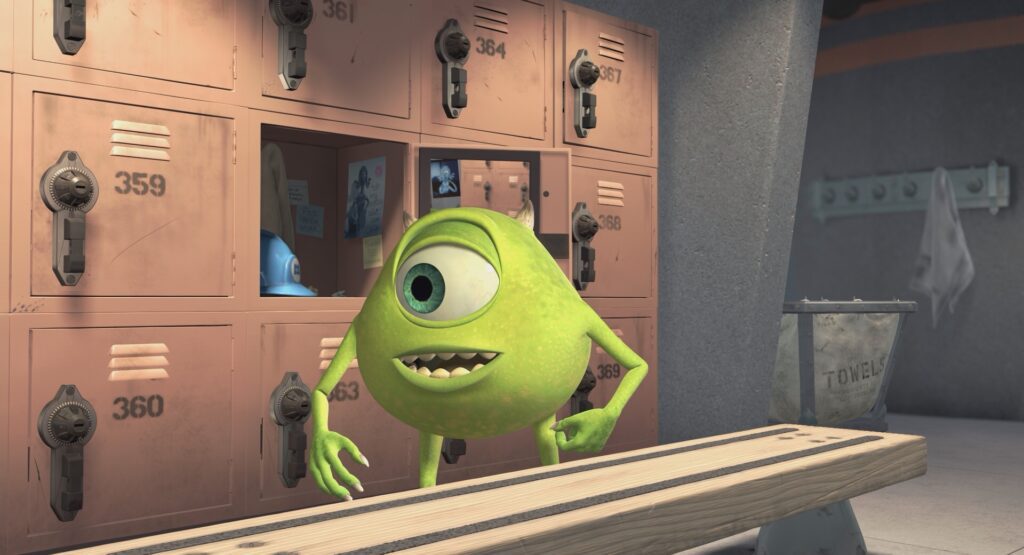“When Harry Met Sally…” (1989): Navigating the Intricacies of Love and Friendship – Film Review

In the landscape of romantic comedies, “When Harry Met Sally…” directed by Rob Reiner and written by Nora Ephron, holds a distinguished place. Released in 1989, this film not only redefined the genre but also left an indelible mark on popular culture with its insightful exploration of the complexities of relationships between men and women. Through its iconic moments, witty dialogue, and relatable characters, “When Harry Met Sally…” has endeared itself to audiences for decades. This review delves into the film’s narrative nuances, performances, and production nuances, alongside the lasting legacy it has cemented in cinematic history.
The Genesis and Evolution of a Classic
The inception of “When Harry Met Sally…” is as fascinating as the film itself. The collaboration between Rob Reiner and Nora Ephron, two titans of cinema, was instrumental in bringing this story to life. Reiner, coming off the success of “Stand by Me,” sought to explore the nature of male-female friendships and the possibility of romance. Ephron brought her sharp wit and keen observational skills to the project, drawing upon her own experiences and those of Reiner. The result was a screenplay that felt both universal and intensely personal, filled with dialogue that resonated with audiences for its authenticity and humor.
One of the film’s most celebrated aspects is its structure, which intersperses the main narrative with faux-documentary interviews of elderly couples recounting their love stories. This innovative storytelling technique not only adds depth to the film’s exploration of love but also serves as a poignant reminder of the enduring nature of relationships, a theme that resonates throughout the narrative.
Casting and Character Dynamics
The chemistry between Billy Crystal and Meg Ryan, who play Harry and Sally respectively, is the cornerstone of the film. Crystal’s portrayal of Harry is both charming and frustrating, embodying the complexities of the modern man grappling with vulnerability and societal expectations. Meg Ryan’s Sally is the perfect counterpoint, delivering a performance that balances optimism with a grounded sense of self-awareness. Together, they capture the evolving dynamics of friendship and love with a realism that is rarely achieved in romantic comedies.
The casting process was critical to finding the right balance between the characters. Crystal was an early choice for Harry, given his ability to deliver Ephron’s dialogue with the necessary wit and timing. Meg Ryan, however, was not the first choice for Sally, but her audition convinced Reiner and Ephron that she possessed the unique blend of strength and vulnerability required for the role. The supporting cast, including Carrie Fisher and Bruno Kirby, complement the leads with performances that bring depth to the film’s exploration of relationships.
Behind the Scenes and Production Insights
The production of “When Harry Met Sally…” was marked by a collaborative atmosphere that allowed for improvisation and creative input from the cast. The film’s most famous scene—the orgasm scene in Katz’s Delicatessen—was born out of this collaborative process. Ryan suggested the idea, Crystal contributed the iconic punchline, “I’ll have what she’s having,” and Reiner’s mother, Estelle, delivered the line, creating one of the most memorable moments in film history.
Filming in New York City provided the perfect backdrop for Harry and Sally’s story, with locations such as Central Park and the Metropolitan Museum of Art adding to the film’s authentic feel. The city becomes a character in its own right, reflecting the characters’ growth and the evolving nature of their relationship.
Problematic Harry
Harry Burns, played by Billy Crystal, stands as a central figure whose character arc is pivotal to the narrative’s exploration of friendship, love, and the dynamics between men and women. While Harry is celebrated for his wit, charm, and eventual emotional growth, a critical analysis reveals problematic aspects of his character that reflect broader societal attitudes and gender norms of the time the film was made, as well as ongoing debates about male entitlement, friendship dynamics, and romantic relationships.
Stereotypical Views on Male-Female Friendships
One of Harry’s most controversial claims—that men and women can’t be friends because the sex part always gets in the way—serves as a foundational premise of the film. This perspective not only simplifies complex human relationships into a binary based on sexual attraction but also perpetuates the idea of male-friendship-as-predatory, suggesting that men are incapable of platonic relationships with women. This viewpoint undermines the depth and variety of human connections that transcend sexual interest and can be seen as dismissive of the authenticity of male-female friendships.
Emotional Unavailability and Manipulation
Initially, Harry’s character is marked by emotional unavailability and a certain level of cynicism about relationships. His interactions with Sally and other women in the film occasionally veer into emotional manipulation, particularly in how he handles his feelings and the feelings of others. His reluctance to openly communicate his emotional needs or listen to those of Sally at times can be interpreted as a manifestation of the kind of toxic masculinity that discourages emotional vulnerability in men, presenting a challenge to forming healthy, equitable relationships.
Entitlement to Women’s Time and Attention
Harry’s behavior sometimes reflects a sense of entitlement to women’s time, attention, and emotional labor. His pursuit of Sally, while framed as romantic, can also be viewed through a lens of entitlement, particularly in how he navigates their friendship and eventual romantic relationship. This aspect of his character mirrors broader societal discussions about the ways in which men are socialized to perceive women’s roles in their lives, often without equal consideration for the autonomy and agency of women.
Growth and Redemption: A Partial Resolution
The film does portray Harry’s character growth, particularly in his realization of his love for Sally and his decision to confront his feelings in a more mature and vulnerable manner. However, this growth is somewhat tempered by the fact that it comes after many instances of problematic behavior, and the film’s resolution can be seen as reinforcing the narrative that love justifies or excuses earlier missteps. While his eventual vulnerability and acknowledgment of Sally’s importance in his life are positive developments, they don’t fully address the underlying issues of his earlier behavior.
Reflecting Societal Norms and Changing Perspectives
It’s crucial to consider Harry’s character within the context of the late 1980s when the film was released. Norms around masculinity, romance, and friendships between men and women were different, and the film does challenge some of these norms through its narrative and characters. However, viewed through a contemporary lens, Harry’s character highlights the ongoing need for dialogue about healthy relationships, emotional intelligence, and mutual respect between genders.
In conclusion, while “When Harry Met Sally…” remains a beloved romantic comedy, Harry’s character embodies certain problematic traits that merit critical examination. The film serves as a cultural artifact that reflects and challenges the gender norms of its time, providing a valuable lens through which to discuss and understand the evolution of societal attitudes towards relationships, friendship, and masculinity.
The Legacy of “When Harry Met Sally…”
Since its release, “When Harry Met Sally…” has been celebrated for its intelligent script, memorable performances, and its thoughtful, nuanced approach to the subject of love and friendship. It sparked a renaissance in the romantic comedy genre, setting a high bar for films that followed. The film’s dialogue has entered the cultural lexicon, and its central question—can men and women ever just be friends?—continues to spark debate.
Beyond its immediate impact, the film’s legacy is evident in its influence on subsequent generations of filmmakers and writers who have sought to capture the essence of human relationships with the same blend of humor, warmth, and realism. “When Harry Met Sally…” remains a benchmark for romantic comedies, a film that transcends its genre to offer insightful commentary on the nature of love and connection.
Reflecting on the Journey
“When Harry Met Sally…” stands as a testament to the power of collaboration, the brilliance of Nora Ephron’s writing, and the timeless appeal of its story. It is a film that celebrates the complexities of human relationships, reminding us of the importance of connection, the unpredictability of love, and the enduring question of what it means to be friends, and possibly more, with someone of the opposite sex. As we revisit the streets of New York with Harry and Sally, we are reminded of the film’s unique ability to capture the essence of love and friendship, making us laugh, think, and perhaps believe in the possibility of finding our own version of happily ever after.




